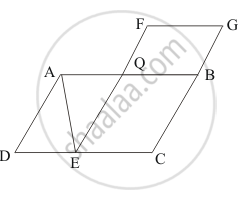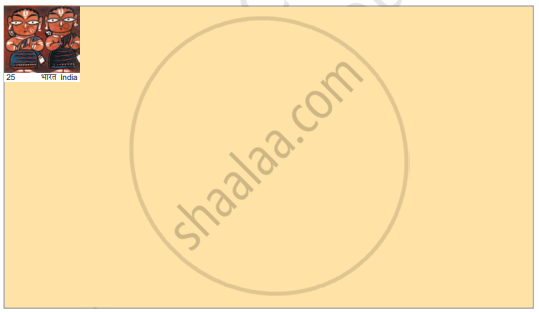Advertisements
Advertisements
प्रश्न
The side of a square is 3.6 cm; find its area.
उत्तर
Area = (side)²
= (3.6 cm)²
= 12.96 cm²
APPEARS IN
संबंधित प्रश्न
If ABCD is a parallelogram, then prove that
𝑎𝑟 (Δ𝐴𝐵𝐷) = 𝑎𝑟 (Δ𝐵𝐶𝐷) = 𝑎𝑟 (Δ𝐴𝐵𝐶) = 𝑎𝑟 (Δ𝐴𝐶𝐷) = `1/2` 𝑎𝑟 (||𝑔𝑚 𝐴𝐵𝐶𝐷) .
ABCD is a parallelogram. P is any point on CD. If ar (ΔDPA) = 15 cm2 and ar (ΔAPC) = 20 cm2, then ar (ΔAPB) =
In the given figure, ABCD and FECG are parallelograms equal in area. If ar (ΔAQE) = 12 cm2, then ar (||gm FGBQ) =

The medians of a triangle ABC intersect each other at point G. If one of its medians is AD,
prove that:
(i) Area ( ΔABD ) = 3 x Area ( ΔBGD )
(ii) Area ( ΔACD ) = 3 x Area ( ΔCGD )
(iii) Area ( ΔBGC ) = `1/3` x Area ( ΔABC ).
Find the area of a rectangle whose length = 24 cm breadth =180 mm
Find the area of a square, whose side is: 4.5 cm.
Find the area and perimeter of the following parallelograms
Which has the bigger area - one of your footprints or the page of this book?
This stamp has an area of 4 square cm. Guess how many such stamps will cover this big rectangle.

Is the area of both your footprints the same?
